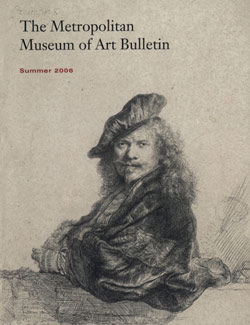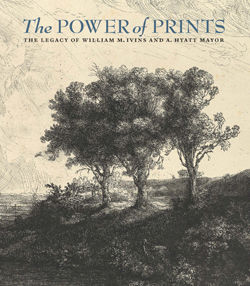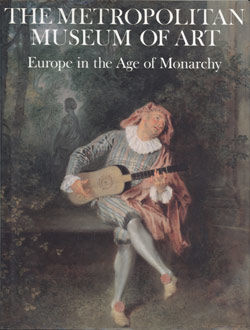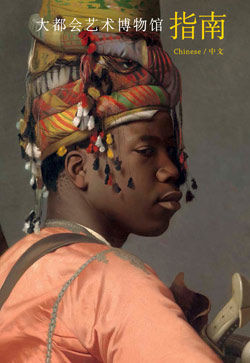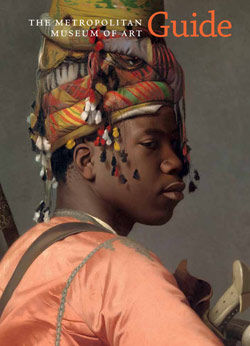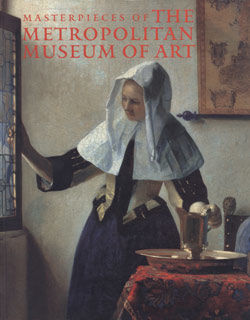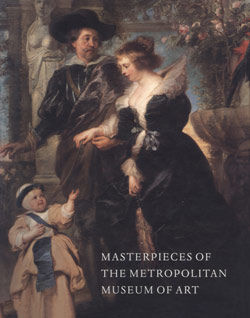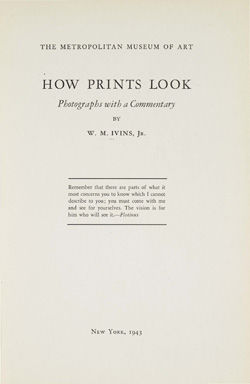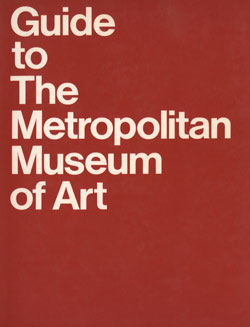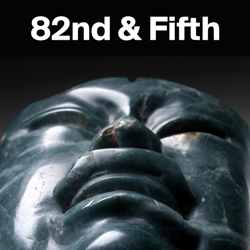Christ Crucified between the Two Thieves: The Three Crosses
Rembrandt (Rembrandt van Rijn) Dutch
Not on view
The Three Crosses, one of Rembrandt's finest works in any medium, represents the culmination of his virtuosity as a printmaker. He drew on the copperplate entirely in drypoint which allowed him to fully exploit the velvety areas of burr raised by the drypoint tool as it cut into the copper. When Rembrandt created this impression, he deliberately left ink on the printing plate; it lightly veils the figures standing at the foot of the cross on the right; a thicker layer almost completely covers the bushes along the right edge. By creatively inking the copperplate, Rembrandt in a certain sense painted each impression. Each time he printed the copperplate he created a unique work. He further varied impressions by printing them on different supports; this impression is printed on vellum, which infuses the composition with a warm light. Vellum, less absorbent than paper, holds ink on the surface, softening lines and enhancing the richness of entire effect.
Due to rights restrictions, this image cannot be enlarged, viewed at full screen, or downloaded.
This artwork is meant to be viewed from right to left. Scroll left to view more.
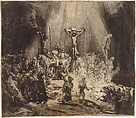





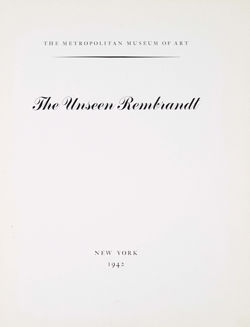

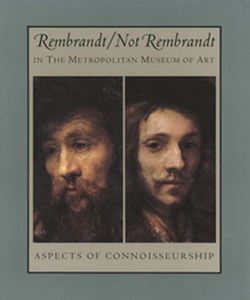
![Rembrandt and the Bible [adapted from The Metropolitan Museum of Art Bulletin, v. 36, no. 3 (Winter, 1978–1979)]](/-/media/images/art/metpublication/cover/1979/rembrandt_and_the_bible.jpg)
